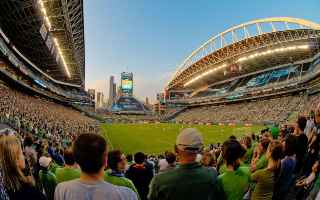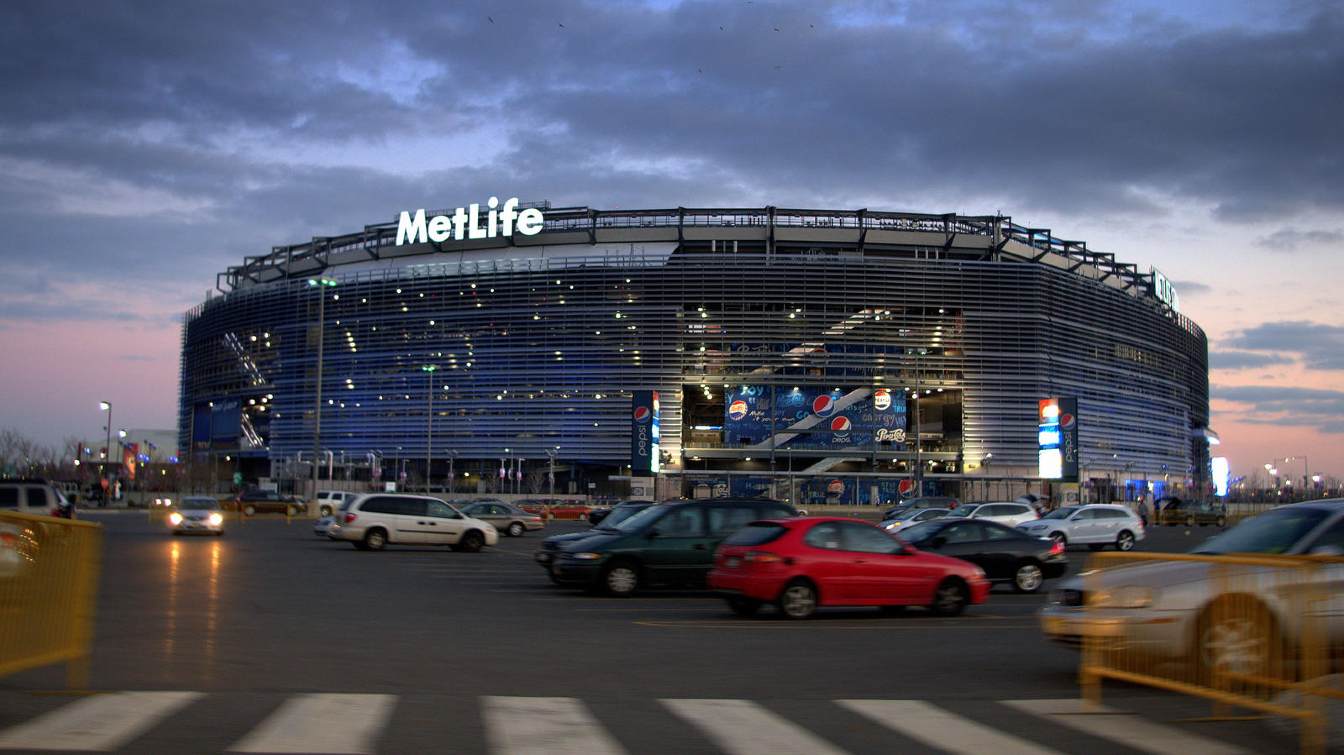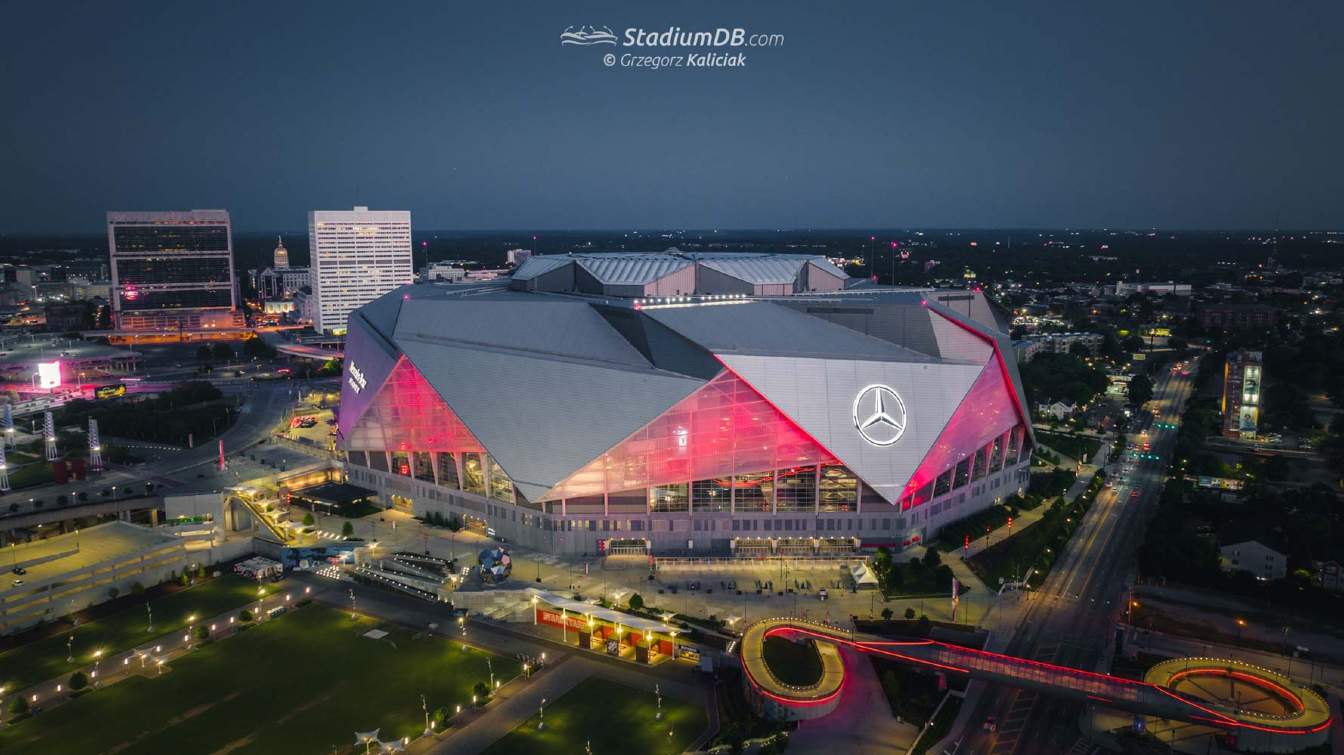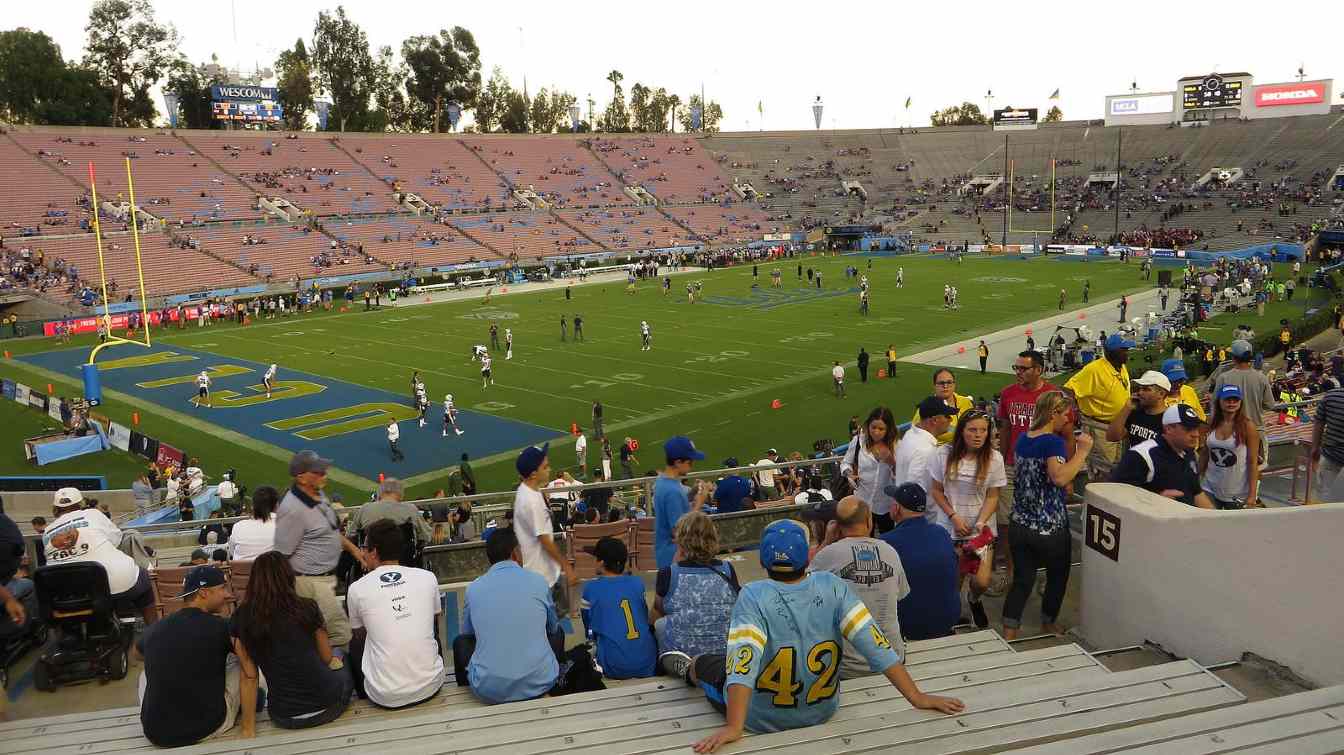USA: One year to the 2026 World Cup! Did the Club World Cup test deliver?
source: StadiumDB.com; author: Jakub Ducki
 A new format and a major dress rehearsal ahead of the 2026 World Cup. From political undertones and turbulent weather conditions to controversies over attendance and pitch quality – did the expanded edition of the Club World Cup live up to expectations?
A new format and a major dress rehearsal ahead of the 2026 World Cup. From political undertones and turbulent weather conditions to controversies over attendance and pitch quality – did the expanded edition of the Club World Cup live up to expectations?
Advertisement
Palmer, Chelsea and European dominance
Cole Palmer was the undisputed star of the final. He scored twice, added an assist, and was simply unstoppable for PSG’s defense. Chelsea won 3–0 and, to the surprise of many, defeated the heavily favored Parisian side.
It was a strong signal that Europe still holds the upper hand. Throughout the tournament, UEFA-affiliated teams won 23 out of 35 matches against non-European clubs, losing only (or as some may argue, as many as) five. The financial rewards also flowed predominantly to Europe’s giants – teams from the Old Continent claimed 70% of the $340 million prize pool.
MetLife Stadium in New Jersey, which will host next year’s World Cup final, was not only the stage for football spectacle. In the stands sat Donald Trump and his wife Melania. When he later appeared on the podium with the trophy after the final whistle, even Palmer was taken aback: I knew he’d be there, but I didn’t think he’d show up next to the cup
admitted the Englishman.
FIFA ensured a full-blown show – an opening ceremony featuring Robbie Williams and Laura Pausini, Michael Buffer with his iconic Let’s get ready to rumble!,
and Coldplay, J Balvin and Doja Cat performing during the halftime of the final. The tournament was designed as a global showcase – and in terms of spectacle, it certainly delivered. Still, European football fans are not always fond of such gimmicks.
As the English like to say: utter woke nonsense.
 © Schen Photography (cc: by) | MetLife Stadium
© Schen Photography (cc: by) | MetLife Stadium
Commercial success overshadowed by empty seats
Gianni Infantino declared the Club World Cup a tremendous financial success.
According to FIFA data: over 2.3 million spectators attended matches, with $33 million in revenue per game and total income exceeding $2 billion. Officially, 2.5 million tickets were sold, which would imply an average attendance of 40,000 per match.
The problem is, these figures are being challenged. According to independent estimates, the average attendance stood at 34,746, and during the group stage, stadiums were filled to just 56.7% capacity. At venues like Camping World Stadium and TQL Stadium, crowds hovered between 3,000 and 6,000. At MetLife Stadium, which hosted five matches, only 44.9% of seats were filled, and according to independent observers, fewer than 1,000 spectators watched the match between Mamelodi Sundowns and Ulsan Hyundai.
America fails the test
Modern – but not made for football. That’s the impression left by many of the stadiums used for the tournament. While venues like Mercedes-Benz Stadium in Atlanta are technically impressive, several failed to meet the expectations of players and coaches.
MetLife Stadium, the host of the final, faced particularly harsh criticism. The turf – laid over artificial ground – was described by Reece James as not great for the body, for the joints, for the muscles.
Palmeiras coach Abel Ferreira complained that the pitch was too dry before the rain started falling. The artificial base and the rush to prepare the surface turned out to be weak points in the tournament’s logistics.
One aspect that did win praise was the roofing infrastructure. Covered stadiums offered a measure of comfort. Their role will be crucial during the 2026 World Cup, especially for daytime matches. Heat is definitely a problem. It's a problem worldwide. I remember it was the same during the Paris Olympics and at other football matches. But here in America we have roofed stadiums, and there’s one in Canada in Vancouver – we’ll definitely use those more often during the day
Infantino said.
 © Grzegorz Kaliciak | Mercedes-Benz Stadium
© Grzegorz Kaliciak | Mercedes-Benz Stadium
Football vs. climate
The tournament was played under extreme weather conditions. Temperatures reached up to 35°C (95°F), humidity levels were very high, and there were also thunderstorms and lightning. As many as five group-stage matches were delayed.
According to U.S. regulations, any visible lightning strike within a 9-kilometer (5.6-mile) radius requires mass events to be suspended for at least 30 minutes. In practice, this meant repeated interruptions – including the Chelsea vs. Benfica clash, which was halted in the 87th minute and delayed by over an hour. In response, FIFA implemented extended water breaks and additional pitch watering. Enzo Fernández of Chelsea described the conditions as very dangerous.
During a match in Cincinnati, played at around 30.5 °C (87 °F), Borussia Dortmund’s players and staff were moved to the locker rooms instead of staying on the uncovered bench. According to official and media reports, temperatures inside TQL Stadium reached 32 °C (89.6 °F), though the actual on-field feel was higher due to direct sunlight. Coach Niko Kovač confirmed that conditions in the stands added another 3 to 5 °C (5–9 °F).
In Pasadena, during the midday PSG–Atlético match at Rose Bowl, temperatures exceeded 31 °C (88 °F), with extremely high humidity. Fans reported 45-minute queues, a lack of water stations, and restrictions on bringing sealed bottles. One attendee called the conditions dangerous
and a nightmare,
noting that many left at halftime due to dehydration. Players also suffered – Jan Oblak admitted he was pouring water on his face during play. Organizers introduced extra cooling breaks for players. This was yet another sign that, during June competitions in the U.S., the climate poses a serious challenge – forcing FIFA to review its protocols and procedures.
 © Ken Lund (cc: by-sa) | Rose Bowl
© Ken Lund (cc: by-sa) | Rose Bowl
Which stadiums passed the test – and which didn’t?
The 2025 Club World Cup was a valuable opportunity to test venues that will host matches during next year’s World Cup. Of the twelve FIFA-selected stadiums, five hosted Club World Cup games. The verdict? Mixed.
Covered or climate-controlled stadiums earned the highest marks. The Atlanta venue passed both the heat and logistics tests. Mercedes-Benz Stadium allowed matches to proceed even during peak heat waves without delays or stoppages. Things were different in Philadelphia. At Lincoln Financial Field, the heat was so intense that detection dogs working at the event wore Crocs to prevent burns on the hot concrete.
The most controversial venue was MetLife Stadium in New Jersey – host of the Club World Cup final and the upcoming 2026 World Cup final. The turf was laid in a hurry, something players immediately noticed. Despite the use of natural grass atop an artificial base, the pitch was deemed unfit for high-intensity, technical football.
Not all venues passed the accessibility test. Hard Rock Stadium proved difficult for fans to reach – many had to get off more than a mile from the gates and walk the rest of the way. Some resorted to paying local drivers up to $30 for golf cart rides. While a bus line existed, it was poorly marked and nearly invisible.
Numerous players – including Reece James – pointed out issues with pitch quality. Hybrid surfaces laid over artificial bases didn’t offer comfort, led to micro-injuries, and forced a more cautious playing style. FIFA announced that ahead of the World Cup, every pitch would be given seven weeks for adaptation and maintenance.
That may not be enough. U.S. fields are built with NFL in mind, not football. FieldTurf, even with the latest upgrades, doesn’t match the natural grass quality found in Europe or South America. This problem affects several stadiums – including Hard Rock Stadium and Lincoln Financial Field – all of which are set to be used during the World Cup.
Which stadiums are shared between the Club World Cup and next year’s World Cup?
| Stadium | City | Capacity |
|---|---|---|
| MetLife Stadium | East Rutherford | 82,500 |
| Mercedes-Benz Stadium | Atlanta | 75,000 |
| Lincoln Financial Field | Philadelphia | 69,000 |
| Lumen Field | Seattle | 69,000 |
| Hard Rock Stadium | Miami | 65,000 |
Brazilian success and a real shot at hosting the 2029 Club World Cup
Brazilian clubs didn’t just secure impressive wins over European giants – like Flamengo beating Chelsea 3–1, Fluminense defeating Inter Milan 2–0, and Botafogo edging past PSG 1–0 – they also reminded the world that the country is ready to host a major tournament again. Brazil is now set to compete with Qatar, Spain, and Morocco for the right to stage the 2029 Club World Cup.
The president of the Brazilian Football Confederation (CBF), Samir Xaud, openly spoke about the strengths of Brazil’s bid. We have a consolidated infrastructure, with world-class transport, hotels, food services, and logistics. The excellent performance of our clubs and the passion of our fans certainly help,
he emphasized.
During talks with Gianni Infantino, CBF representatives received a positive response. They’re very good. From my first conversation with President Gianni Infantino, FIFA’s directness was clear. He smiled when he heard our idea
Xaud told O Globo. Now, as he pointed out, it’s time to intensify efforts: build public-private partnerships, modernize stadiums, and mobilize fans.
Advertisement
 StadiumDB
StadiumDB